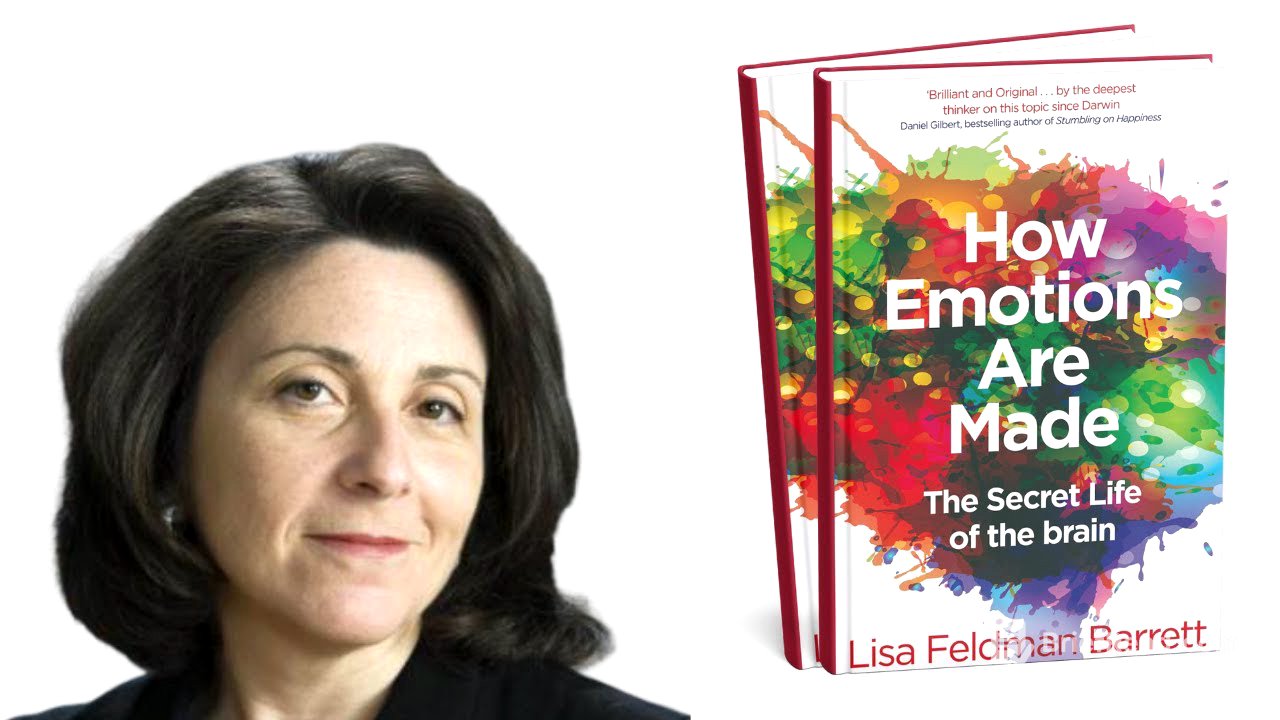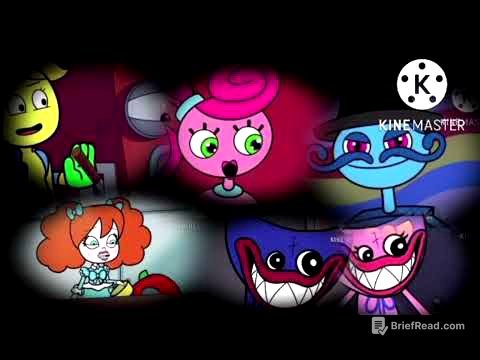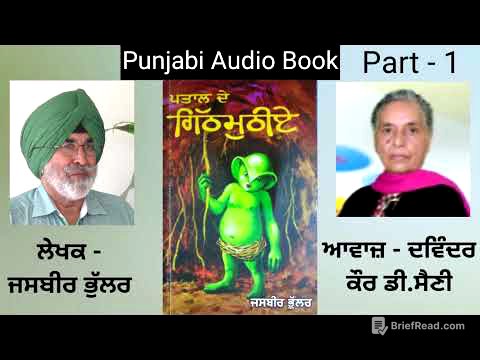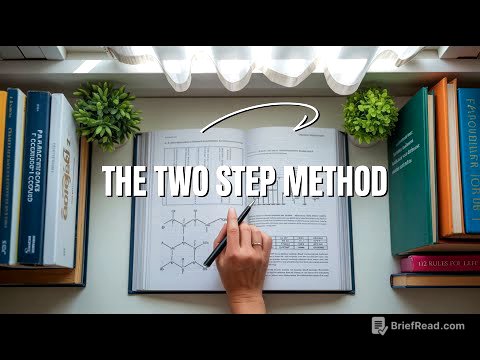TLDR;
This video summarizes Lisa Feldman Barrett's "How Emotions Are Made," challenging the classical view of emotions as innate and universal. It introduces the theory of constructed emotion, which posits that emotions are created by our brains based on past experiences, body sensations, and cultural concepts. The video explores the science behind this theory, its implications for various aspects of life, and practical ways to master our emotions.
- Challenges the classical view of emotions as innate and universal.
- Introduces the theory of constructed emotion.
- Explores the science behind the theory and its implications.
- Provides practical ways to master our emotions.
Introduction: The Two-Thousand-Year-Old Assumption [0:00]
The video starts by describing an emotional reaction to the Governor of Connecticut's speech after the Sandy Hook Elementary School shooting. The speaker explains the classical view of emotions, which suggests that emotions are basic, pre-programmed responses with distinct patterns ingrained in our DNA and universally experienced. This view assumes that specific brain circuits activate for each emotion, leading to recognizable facial expressions and bodily changes. This classical view is old and widely accepted, influencing psychology, media, government systems, and even personal beliefs about controlling our animalistic nature. However, scientific evidence increasingly challenges this classical view.
The Search for Emotion’s “Fingerprints” [6:36]
The speaker discusses their initial pursuit of identifying permanent "fingerprints" for emotions, such as specific physiological or facial patterns. They recount their early research attempting to replicate findings on anxiety and depression, which consistently failed. This led to the realization that people often struggle to differentiate between these emotions, suggesting that emotions might not have distinct, easily identifiable markers. The speaker also mentions the concept of "emotional granularity," which refers to the ability to describe feelings in great detail, and how the classical view suggests this ability reflects one's capacity to correctly identify physical signals associated with each emotion.
Emotions Are Constructed [22:36]
The video introduces the theory of constructed emotion, which suggests that emotions are not innate but are actively created by our brains. This theory posits that our brains use past experiences, body sensations, and cultural concepts to predict and construct emotions in the present moment. The speaker uses the example of seeing black blobs and how the brain tries to make sense of them based on past experiences. This process, called simulation, happens quickly and unconsciously, shaping our feelings and perceptions.
The Myth of Universal Emotions [28:07]
The speaker challenges the idea of universal emotions, arguing that facial expressions and body language are interpreted within a specific context. The video references experiments where subjects were asked to identify emotions from posed facial expressions. The results showed that when emotion words were removed, people's performance declined, suggesting that emotion concepts are crucial for recognizing emotions in others. The speaker also mentions the Himba tribe in Africa, where people primarily recognize emotions based on action or behavior rather than feeling.
The Origin of Feeling [33:29]
The video explains the concept of interoception, which is the brain's ability to sense and interpret internal bodily activities like heartbeat, breathing, and digestion. Interoception forms the basis of our basic feelings, such as good, bad, calm, or upset. These feelings, called "affect," are not emotions themselves but rather ingredients that contribute to the construction of emotions. The speaker also discusses the brain's constant prediction and correction process, where it uses past experiences to anticipate future events and manage the body's energy budget.
Concepts, Goals, and Words [51:05]
The speaker explains how concepts, goals, and words play a crucial role in shaping our emotions. Concepts help us categorize and understand the world around us, while goals influence how we interpret and respond to different situations. Words, in particular, are essential for learning and communicating emotion concepts. The speaker also discusses statistical learning, which is the brain's ability to recognize patterns and relationships in sensory information.
How the Brain Makes Emotions [1:09:55]
The video explains how the brain uses past experiences, situations, and feelings to create emotions. The brain makes predictions based on past experiences and chooses the best fit concept for the situation. The speaker also discusses the control network in the brain, which determines which prediction should be final and regulates our emotions.
Emotions as Social Reality [1:18:31]
The speaker argues that emotions are a social reality, meaning they are created and reinforced through shared beliefs and cultural norms. The video uses the analogy of money, which has no inherent value but becomes real when people collectively agree to accept it as a medium of exchange. The speaker also discusses the three main functions of emotion concepts: creating meaning, guiding action, and regulating the body budget.
A New View of Human Nature [1:31:31]
The video presents the theory of constructed emotion as a new perspective on human nature, suggesting that we have more control over our feelings and behavior than previously thought. The speaker argues that we are not simply reactive animals but rather architects of our own experiences. The video also discusses the importance of culture in shaping our minds and emotions.
Mastering Your Emotions [1:40:18]
The speaker provides practical tips for mastering our emotions based on the theory of constructed emotion. These tips include taking care of your body budget, expanding your emotion concepts, and recategorizing your feelings. The speaker also emphasizes the importance of emotional intelligence, which involves understanding and using emotions effectively in different situations.
Emotion and Illness [1:58:21]
The video explores the connection between emotions and illness, arguing that chronic stress and body budget imbalances can lead to various health problems. The speaker discusses the role of inflammation in chronic diseases and the importance of maintaining a healthy lifestyle to support emotional and physical well-being.
Emotion and the Law [2:07:28]
The speaker examines how the legal system's understanding of emotions is based on outdated classical views. The video argues that laws often assume emotions are uncontrollable reactions and that individuals are less responsible for actions committed in the heat of passion. The speaker suggests that the legal system should incorporate new knowledge about emotions and the brain, recognizing the complexity of human behavior and the influence of culture and experience.
Is a Growling Dog Angry? [2:15:07]
The video explores whether animals, particularly dogs, experience emotions like humans. The speaker discusses the three requirements for animals to have emotions: interoception, emotion concepts, and social reality. While animals may have basic feelings and can learn concepts, they lack the complex goal-based concepts and social reality that humans possess.
From Brain to Mind: The New Frontier [2:27:10]
The video concludes by summarizing the key takeaways from the theory of constructed emotion. The speaker emphasizes that emotions are not fixed entities but rather creations of our minds, shaped by our experiences, culture, and concepts. The speaker also highlights the importance of understanding the brain's complexity and adaptability, as well as the role of affective realism, concepts, and social reality in shaping our perceptions and feelings.









